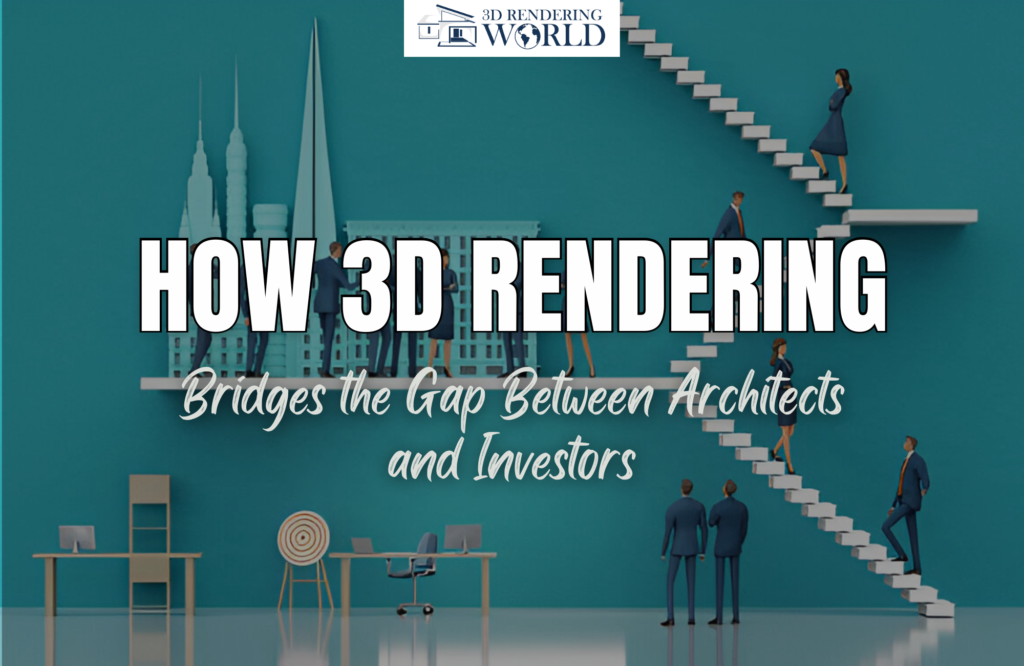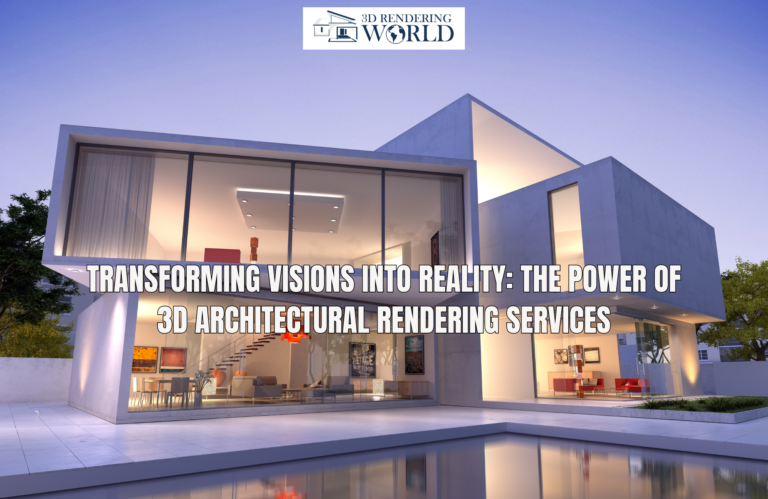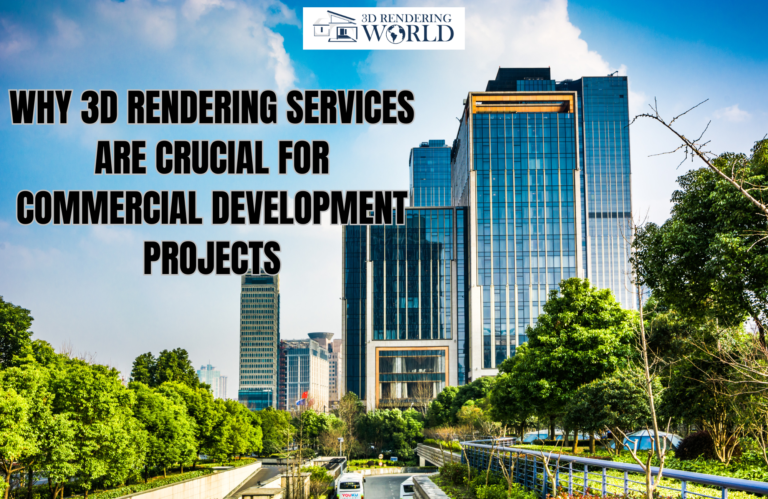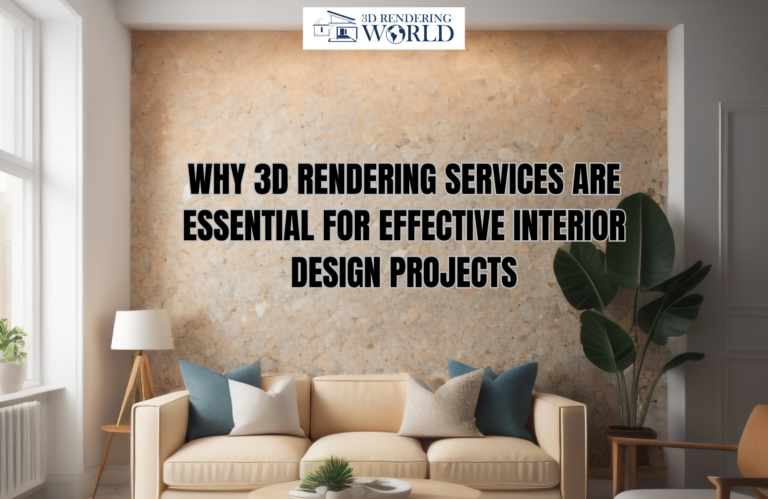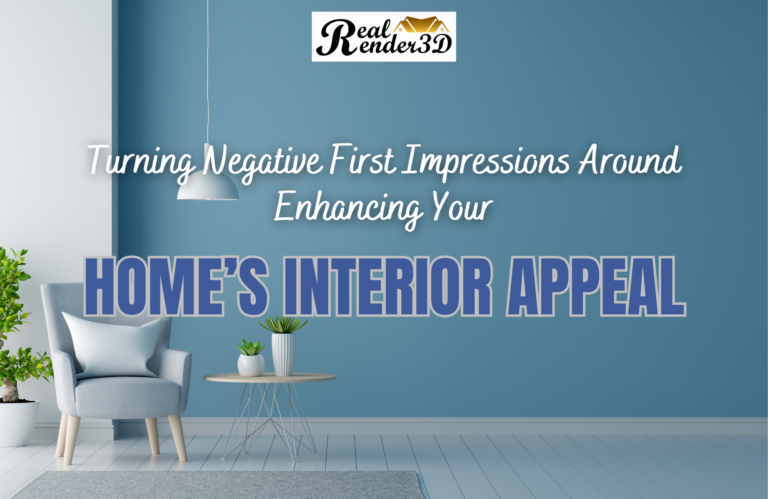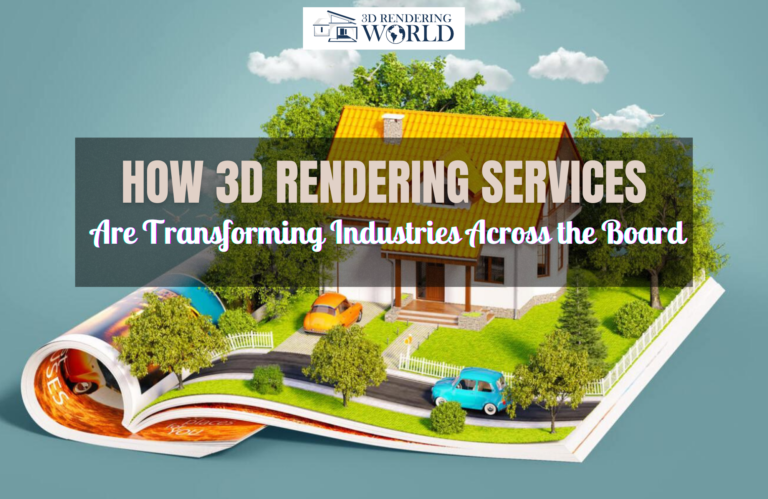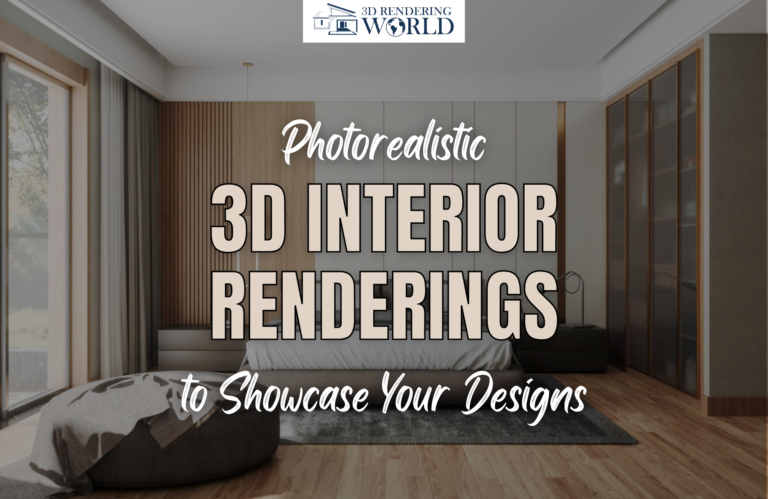Empowering Vision, Securing Investments, and Boosting Sales Through Advanced Visualization
In the fast-evolving world of architecture and real estate, 3D architectural rendering has emerged as a game-changing tool, transforming how architects communicate their vision to investors.
Gone are the days when blueprints and hand-drawn sketches were enough to convey the magnitude of a project.
Today, 3D renderings provide a visual experience that helps investors see beyond abstract designs and into the tangible potential of a project. This clarity not only boosts sales but also accelerates investor approvals, ensuring projects move forward with confidence and efficiency.
Let’s explore how 3D architectural rendering serves as the bridge between architectural creativity and investor confidence, fostering collaboration, trust, and financial success.
The Importance of Visual Communication in Securing Investments

For investors, the decision to fund a project is influenced by their ability to see its full potential. While architects excel at designing innovative structures, translating those ideas into something investors can easily grasp is often a challenge.
This is where 3D Architectural Rendering shines.
By creating photorealistic visuals and immersive experiences, it provides investors with a clear, engaging preview of what to expect, leaving no room for ambiguity or miscommunication.
Through detailed renderings, architects can:
Showcase Design Value: Highlighting every detail, from lighting and materials to spatial arrangements, allows investors to understand the quality and uniqueness of the project.
Build Trust and Transparency: Clear, realistic visuals create transparency, ensuring that investors feel confident about their decisions.
Increase Marketability: Stunning renderings not only appeal to investors but also support marketing campaigns that boost sales and attract buyers.
How 3D Rendering Drives Collaboration Between Architects and Investors
1. Bringing Concepts to Life
Architectural designs often exist as abstract concepts in the early stages. While architects may visualize the final outcome, investors might struggle to imagine it.
3D rendering solves this by turning ideas into photorealistic visuals, complete with realistic textures, lighting, and contextual backdrops. These visuals help investors connect emotionally with the project, boosting their confidence and willingness to invest.
2. Streamlining Communication
3D renderings bridge the gap between technical jargon and investor-friendly presentations. Rather than relying on complex architectural terminology, architects can use renderings to visually demonstrate key aspects of the design, such as layouts, aesthetics, and functionality.
This streamlined communication fosters better understanding and more productive discussions.
3. Illustrating Revenue Potential
Beyond the design itself, 3D rendering enables architects to showcase how a project contributes to profitability. For example, renderings of commercial spaces can highlight potential tenants, foot traffic patterns, or leasing opportunities.
This added context helps investors see not just the structure, but also the revenue-generating opportunities it presents.
The Role of 3D Architectural Rendering in Boosting Sales
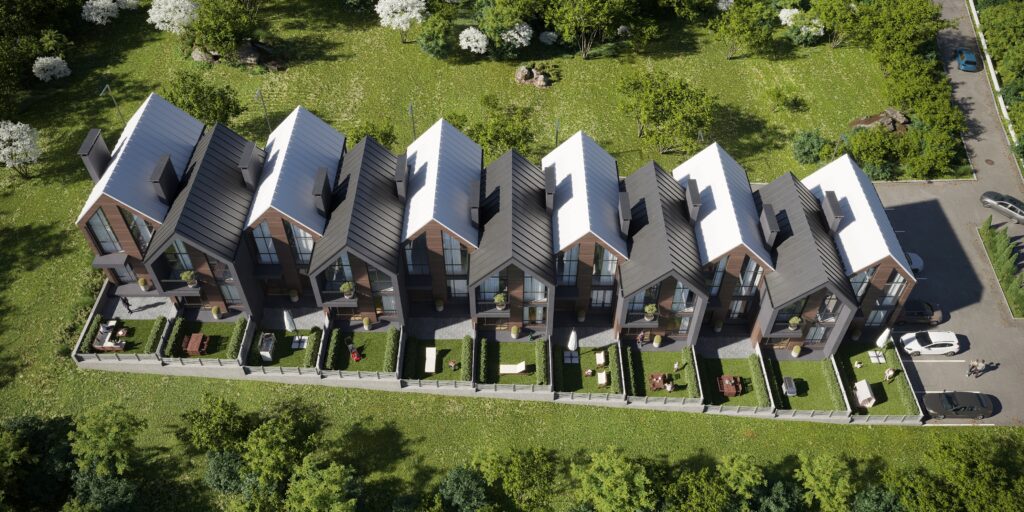
When combined with strategic marketing efforts, 3D renderings become invaluable tools for driving sales. High-quality visuals attract attention in online listings, brochures, and advertisements, capturing the interest of potential buyers and stakeholders.
By demonstrating exactly what the finished property will look like, these renderings instill confidence and accelerate purchasing decisions.
Key benefits of 3D rendering for sales include:
Enhanced Marketing Campaigns: Eye-catching visuals increase engagement and lead generation across digital and traditional platforms.
Faster Sales Cycles: Buyers and investors make decisions more quickly when they can clearly visualize the end result.
Improved Earnings: High-quality presentations allow architects and developers to command premium prices, maximizing profitability.
3D Rendering as a Trust-Building Tool for Investors
Investors value transparency and reliability. 3D renderings foster trust by eliminating uncertainties and showcasing realistic expectations for the project. They help investors feel more secure in their decisions by addressing common concerns like:
Is the design practical and buildable?
Will it appeal to the target market?
How does it compare to competitors?
By providing answers through detailed visuals, 3D renderings give investors a sense of control and assurance, paving the way for stronger partnerships.
The Process of Bridging the Gap: From Blueprint to Investor Buy-In
1. Visualization of Design Intent
Using advanced software, architects create 3D models that replicate the proposed design with lifelike accuracy. These models allow stakeholders to visualize not just the structure, but also the surrounding environment, interior design, and landscaping elements.
2. Customization and Feedback
Investors can provide input and request adjustments, ensuring the design aligns with their goals. Real-time revisions enable smoother collaboration and faster approval cycles.
3. Marketing and Presentation
High-quality renderings are integrated into presentations, brochures, and digital campaigns to showcase the project to investors and buyers. This comprehensive approach boosts interest, sales, and overall project viability.
Expanding Possibilities with Interactive Tools
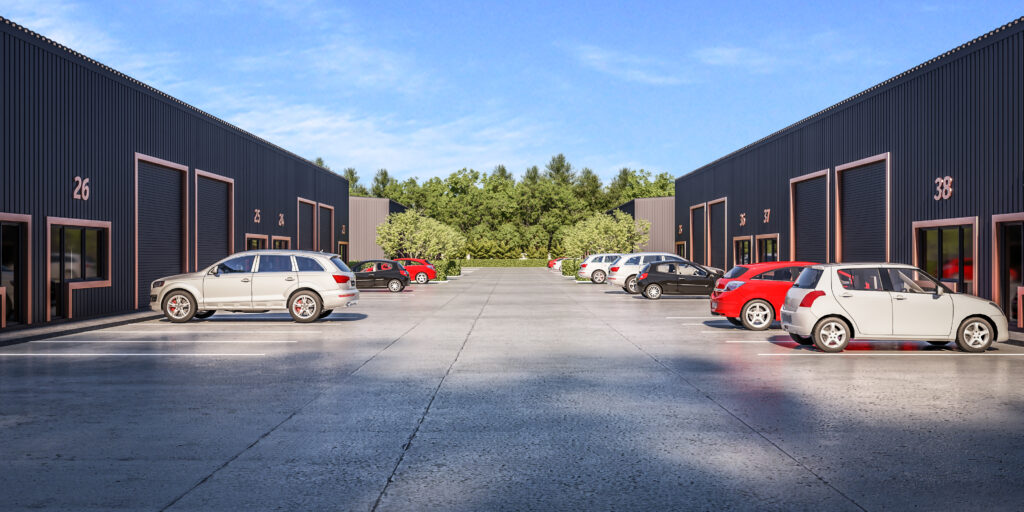
3D architectural rendering doesn’t stop at static images. Interactive tools, such as virtual walkthroughs and augmented reality (AR) applications, take the experience to the next level.
Investors can explore the project as if they were physically present, gaining a deeper understanding of its scale, design, and functionality.
These tools create immersive experiences that leave lasting impressions, further bridging the gap between architectural vision and investor expectations.
The Power of Visual Connection
3D architectural visualization and rendering is more than just a design tool—it’s a powerful bridge that connects architects and investors. By turning abstract ideas into tangible visuals, it fosters trust, accelerates funding decisions, and drives sales.
Whether you’re presenting a bold new concept or seeking buy-in for a renovation project, Our 3D rendering services empowers you to tell your story with clarity and confidence.
Ready to bridge the gap and elevate your presentations? Let 3D Rendering World US help you transform designs into captivating visuals that inspire action.
Contact Us today to learn how our 3D rendering services can maximize your success.
FREQUENTLY ASKED QUESTIONS
3D architectural rendering is the process of creating lifelike digital images or animations of architectural designs using advanced software. These visuals showcase details like textures, lighting, and spatial layouts.
It helps architects communicate their vision clearly, enabling better collaboration with investors, faster project approvals, and improved marketability of designs.
Detailed visuals provide clarity, transparency, and confidence, making it easier for investors to assess a project’s value and approve funding.
Photorealistic visuals and interactive experiences engage buyers, helping them visualize the final product and make quicker purchasing decisions.
Popular tools include V-Ray, Lumion, Blender, and 3ds Max, which offer advanced features for creating realistic renderings and animations.
Yes, renderings can illustrate revenue-generating aspects, such as leasing opportunities or customer flow, helping investors understand a project’s financial potential.
High-quality visuals are perfect for online listings, advertisements, and brochures, driving engagement and improving conversion rates.
Absolutely! Even for smaller projects, 3D rendering improves communication, trust, and market appeal, making it a worthwhile investment.

